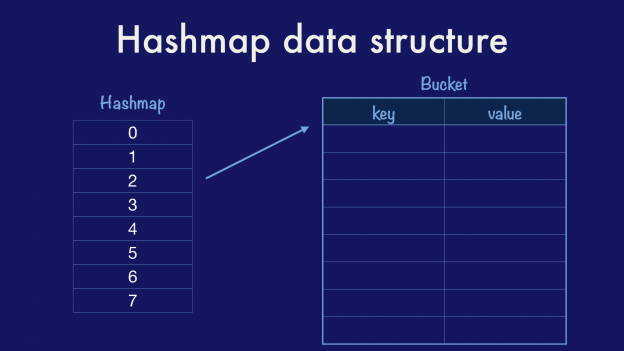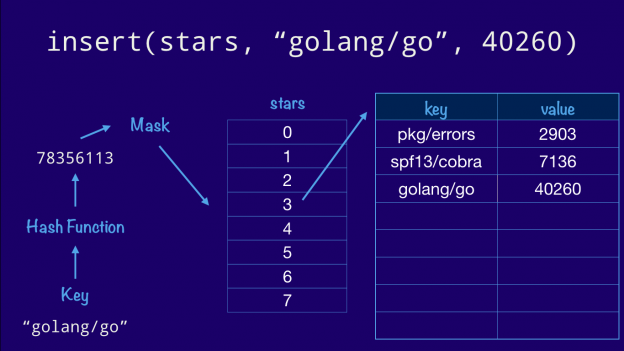视频地址
主要是介绍weave cloud中k8s的一些实践部分
building containers
clair, 对镜像的静态分析
use the build pattern
build container -> build artifact -> runtime container
在镜像中,尽量使用非root用户?yaml中有相应的选项
One process per container
pod运行所有的process
Don’t restart on failure. Crash cleanly instead
举的例子就是PM2运行nodejs程序,k8s会重启container,只需要返回更高的code让k8s去检测到
log to stdout and stderr
Deployments
记录每次deploy的record部分
关于label的使用
Use sidecar containers for proxies, watchers, etc
程序只需要跟本地的端口部分打交道,由proxy去同其他部分,进行auth,rate,limiting等等相关的交互
Don’t use sidecars for bootstarpping. Just use initial container instead
Don’t use :latest or no tag
Health check
- Readiness->是否已经启动,并接收流量
- Liveness->是否还在运行
Services
type: NodePort can be “good enough”
map external services to internal ones
内部一个点,外部一个点,从而避免内外部混用,配置文件部分也不同
Use Helm Charts
Just assume that all your downstream dependencies are unreliable
Use a “Service Mesh”
istio 或者linkerd部分?可以无缝接到你的container部分
Use Namespaces to split up your cluster
Unleash the chaos monkey
?
Challenges on K8s Cluster
Infrastructure的版本控制
Terraform to configure infrastructure
Kubediff
Continuous Delivery
branch and commit Id in the image tag
一个工具flux
###关于报警和监控部分
使用k8s的服务发现,tsdb部分的存储,pull vs push

